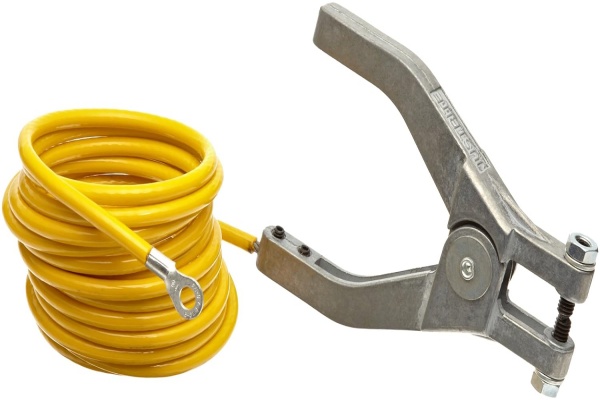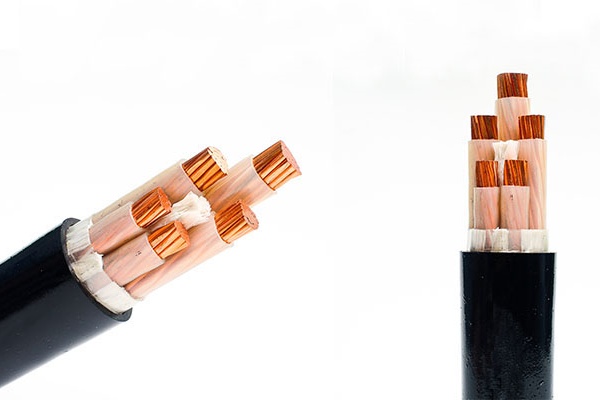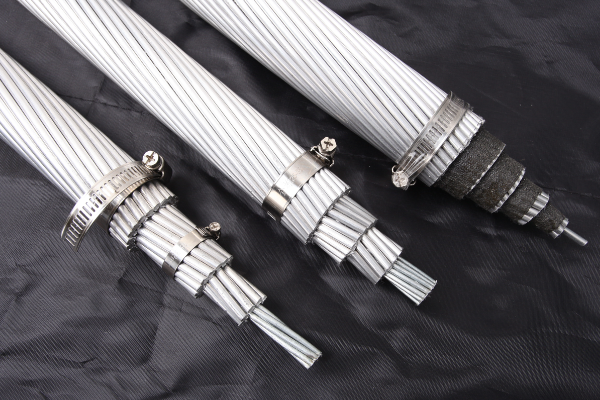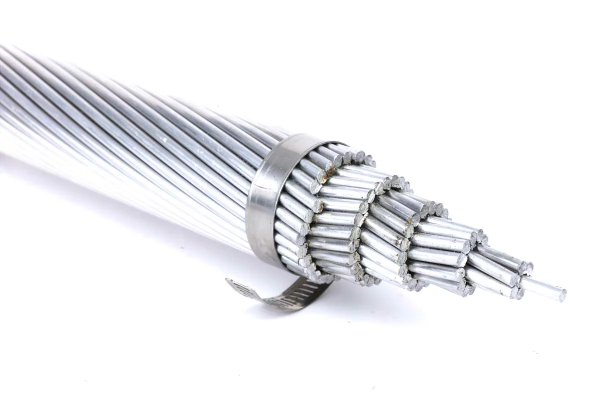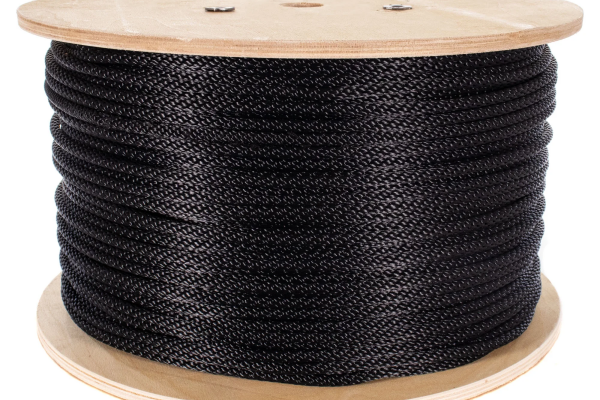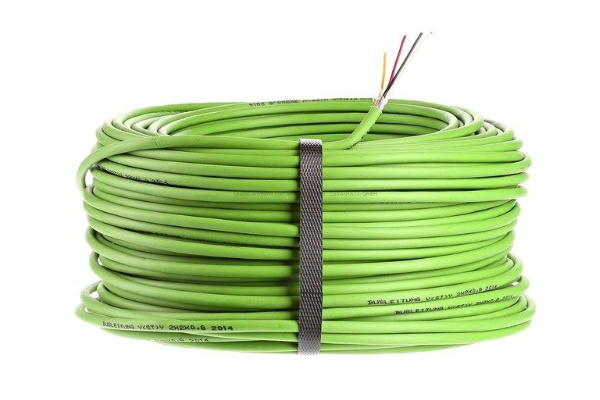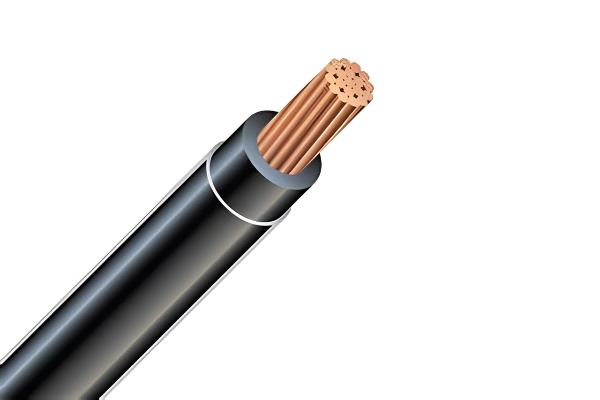Electrical safety is a fundamental element of any electrical system, And the earth cables play a crucial role in this regard. These cables allow to dispel overvoltages and protect people as well as equipment. In this article, We will in depth the different aspects of the grounding cables, including their types, Recent applications and innovations.
Blog
Here we share knowledge about cables, such as the most popular cables currently, how to use cables, how to choose cables, etc. You can find like-minded friends here.
LSZH : an ecological revolution for your projects ?
In a world where environmental concerns take an increasingly central place, Companies seek to adapt to strict standards while adopting more ecological technologies. Among these technologies, Halogen -free cables with a low release of smoke (LSZH – Low Smoke Zero Halogen) emerged as a safer and environmentally friendly alternative to traditional cables. In this article, We are going to explore the environmental performance of these cables in depth by comparing them with conventional cables. We will also approach the standards, Certifications, Applications, as well as ZMS Cable's commitment in the manufacture of high quality LSZH cables.
Good year 2025 from ZMS Cable !
Dear visitors, As we welcome the new year, the entire ZMS Cable team would like to express its gratitude to our customers, partners and collaborators for a year 2024 exceptional. Thanks to your support, We have … Read more
The differences between optical fibers and electrical cables
Introduction
Optical fibers and electrical cables play a crucial role in modern infrastructure, ranging from communications to energy transmission. Although these two technologies are often confused, they have applications, distinct features and benefits. This article explores their differences in detail and guides readers to choose the solution best suited to their needs.
ACAR compared to other overhead cables
Introduction
In the field of electrical transmission, overhead cables play a crucial role. Among them, the ACAR cable (Aluminium Conductor Alloy Reinforced) stands out for its unique characteristics, halfway between electrical performance and mechanical resistance. But how does ACAR differ from other types of aerial cables like AAC?, AAAC and ACSR ? This in-depth analysis will guide you in choosing the ideal cable for your project.
What do you know about nylon cables ?
Introduction to Nylon Cables
Nylon cables are widely recognized for their strength, their durability and adaptability to various environments. Thanks to their nylon sheath, these cables provide additional protection against wear, chemicals and mechanical stress. This guide explores the features in detail, the types, applications and advantages of nylon cables, while highlighting the quality products offered by ZMS Cable.
What do you know about ACAR cables ?
What is an ACAR cable ?
An ACAR cable (Alloy Conductors Aluminum Reinforced) is a type of electrical conductor designed to optimize the transmission of energy across long distances. This cable is made of a combination of alloy aluminum wires and pure aluminum reinforcement, giving it properties that are both light and mechanically resistant. ACAR is particularly popular in electricity transmission and distribution infrastructure.
KNX cables : A complete introduction
KNX cables play a vital role in modern smart building management systems. Used for communication between different devices and sensors, they allow effective energy management and complete automation of installations. This technology has become essential in commercial applications, industrial and residential. This article offers you a detailed overview of the KNX cables, from their characteristics to their applications, through their advantages and advice to choose them.
Are lead-sheathed cables still used today? ?
Lead-sheathed cables have occupied an important place in the electrical industry, being widely used in various fields due to their outstanding performance. However, with technological advances and changing environmental requirements, these cables gradually left the dominant market. This article explores the historical context, the characteristics, the areas of application of lead sheathed cables, as well as their position and development trends in modern industry.
Everything you need to know about THHN cables
Introduction : Why choose THHN cables ?
Electrical cables play a crucial role in modern electrical systems. They ensure the distribution of energy, the safety of installations and the proper functioning of electrical equipment. When Choosing a Cable for Your Projects, it is essential to understand its characteristics, its advantages and its field of application. Among the most commonly used cables in the residential sector, commercial and industrial, the THHN cable (Thermoplastic High Heat-Resistant Nylon-Coated) stands out for its many qualities.
In this article, we will explore in detail what a THHN cable is, its main characteristics, its applications and how you can use it in your electrical projects. We will also look at the benefits that ZMS Cable offers, a recognized supplier of high quality cables.

